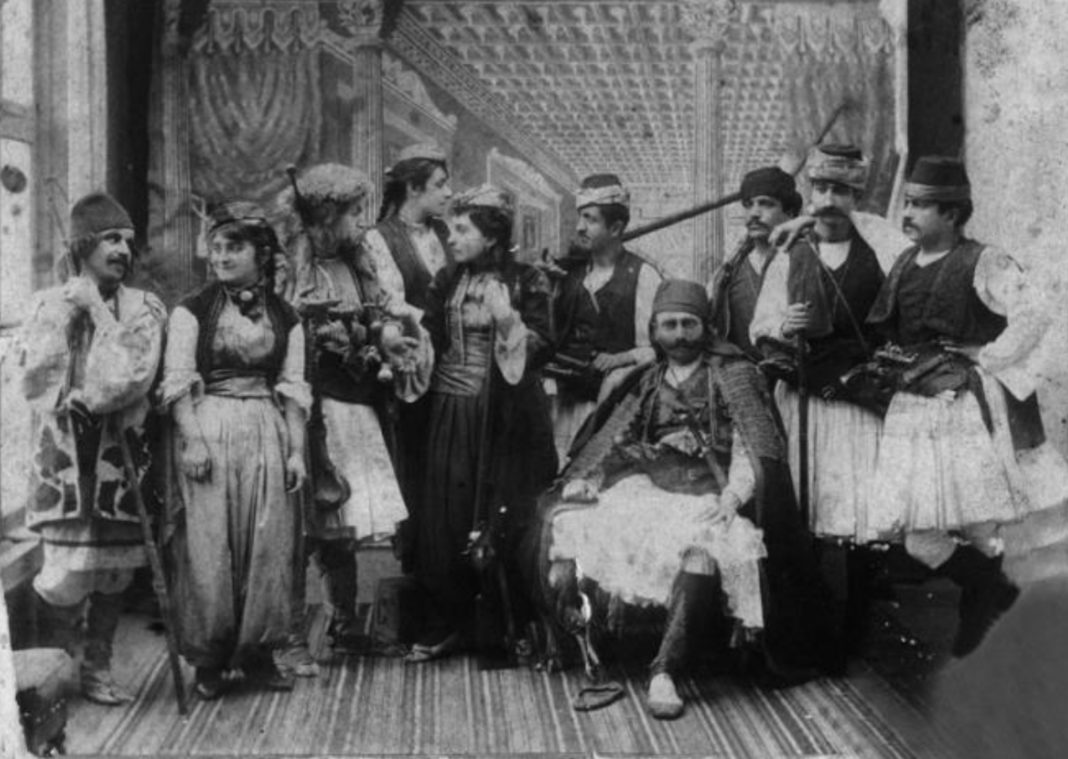Ayşan Sönmez, Paris 8 University – IFG, Ph.D. Candidate, 15th of September, 2021
In December of 2020, the opening for an exhibition was held in Istanbul, the content of which invited us to reinterpret the cultural and artistic life of the era of the Turkish Republic. Titled Coulisse: Hagop Ayvaz (1911-2006, Istanbul), A Chronicler of Theatre, the exhibition was realized under the guidance of the Hrant Dink Foundation in collaboration with the Theatre Foundation of Turkey and Yapı Kredi Culture, Arts, and Publishing. The exhibition, which included the personal archives of Hagop Ayvaz, an Armenian actor, director, writer, and publisher, as well as Ayvaz’s collection of Kulis (Backstage) magazines, revealed to the broader public an ‘unknown’ and ‘ignored’ world.1 Both the archive (which Ayvaz referred to as his ‘heaven’) and the magazine collection constitute a body of primary sources that shed light on how Armenian theatre was reborn and sustained in the ‘underground’, maintaining a fertile existence that nurtured Turkey’s social and cultural environment. Together, they demonstrate that Ayvaz worked with the self-discipline, dedication, and enthusiasm of a missionary, traits that were passed down from the Armenian enlightenment tradition. He kept meticulous records about the times in which he lived, including every single relevant name and location, such that Ayvaz, who took a humanist approach to his work, seems to have been calling on the broader public to gather around the art of theatre in his era. Ayvaz thus took on the appearance of an honnête homme living in the new monolingual and mono-religious nation-state of Turkey, which had been established on the ashes of the multi-lingual, multi-geographical, multi- religious Ottoman Empire. Endowed with a deep knowledge of general culture and social graces, as a man of the court and a man of the world Ayvaz was an example of an honnête homme who represented not just a professional intellectual, but a man possessed of a curious, cultivated mind and tastes, as French historian Philippe Ariès noted in 1947 (Ariès, 1947).
1 For an online tour of the exhibition, please click here. The collection was comprised of nearly 600 manuscripts and printed texts along with around 500 periodicals, magazines, and brochures in Armenian and Turkish, in addition to approximately 12,000 visual materials, including photographs, posters, caricatures, clippings, invitations, drawings, and postcards.

